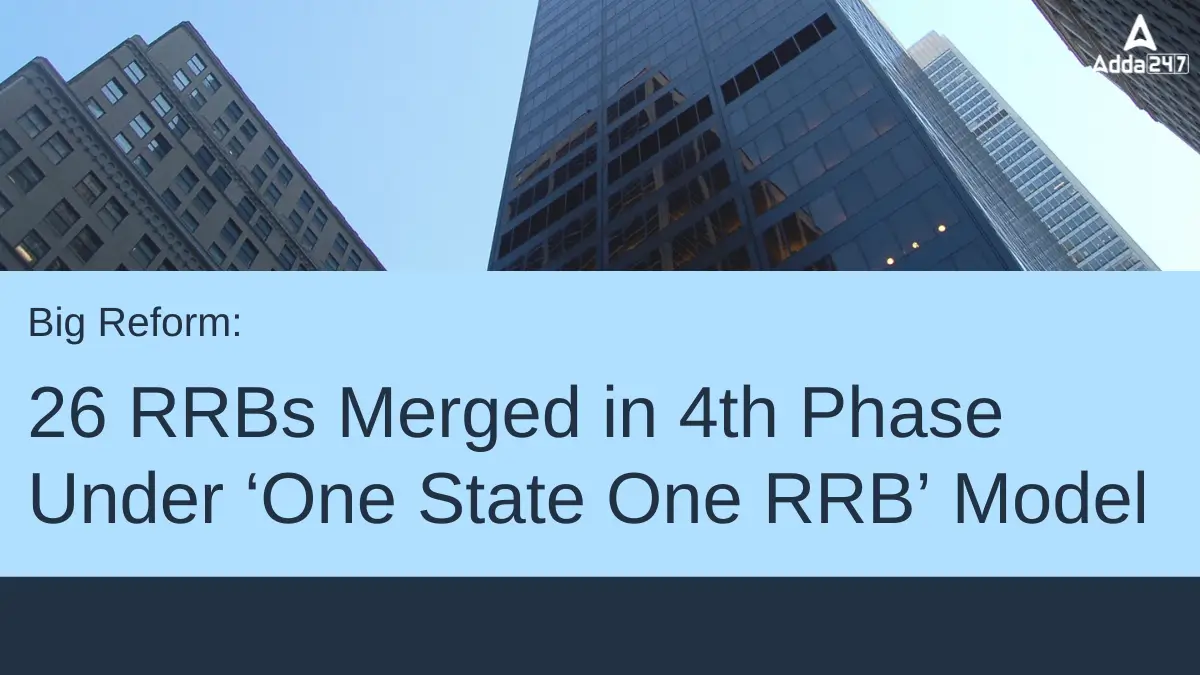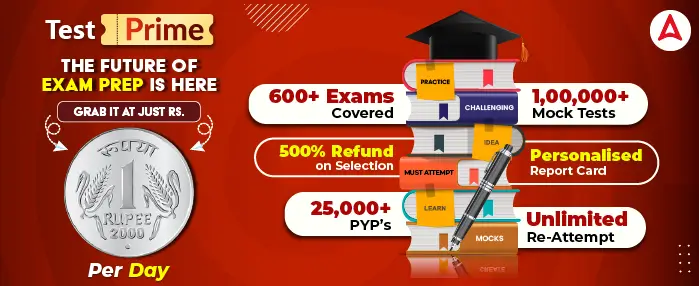The Department of Financial Services (DFS) has given the green light to merge 26 Regional Rural Banks (RRBs) into state‑level entities under the “One State One RRB” policy. This fourth phase of consolidation, effective 01 May 2025, reduces the total number of RRBs from 43 to 28. Spread across 26 states and two Union Territories, the merged banks will operate more efficiently, with over 22,000 branches serving roughly 700 districts, around 92% of them in rural and semi‑urban areas.
26 RRBs Merged in 4th Phase Under ‘One State One RRB’
As part of the fourth phase of the Regional Rural Banks (RRB) amalgamation process, 26 RRBs were merged into 11 new entities. This move is aligned with the ‘One State One RRB’ policy, which aims to strengthen the rural banking ecosystem by streamlining operations, reducing administrative overhead, and ensuring uniformity in service delivery. The mergers are expected to boost financial inclusion and improve credit flow to rural areas. The process also allows for better resource utilisation and technology integration across the merged banks.
Single new bank per state/UT: All RRBs in a state merge into one transferee bank.
Assets and liabilities transfer: Every branch, loan book, deposit, and legal obligation moves seamlessly to the new entity.
Capital structure: Each new bank has an authorised capital of ₹2,000 crore (200 crore shares of ₹10 each). The subscribed share capital equals the combined paid‑up capital of the predecessor banks.
Sponsor bank roles: The existing sponsor bank (for example, SBI, Punjab National Bank, Canara Bank, etc.) continues its support, with the head office located in a major city of the state or UT.
State-Wise RRB Merger
The RRB mergers were carried out across multiple states, with each newly formed RRB representing a consolidation of existing regional banks operating within that state. The state-wise distribution highlights how different RRBs were combined to form unified structures under the revised banking model.
| State-Wise RRB Merger: Overview | |||
| State/UT | New Bank Name | Sponsor Bank | Head Office |
| Andhra Pradesh | Andhra Pradesh Grameena Bank | Union Bank of India | Amaravati |
| Bihar | Bihar Gramin Bank | Punjab National Bank | Patna |
| Gujarat | Gujarat Gramin Bank | Bank of Baroda | Vadodara |
| Jammu & Kashmir (UT) | Jammu & Kashmir Grameen Bank | Jammu & Kashmir Bank Ltd. | Jammu |
| Karnataka | Karnataka Grameena Bank | Canara Bank | Ballari |
| Madhya Pradesh | Madhya Pradesh Gramin Bank | Bank of India | Indore |
| Maharashtra | Maharashtra Gramin Bank | Bank of Maharashtra | Chhatrapati Sambhajinagar |
| Odisha | Odisha Grameen Bank | Indian Overseas Bank | Bhubaneswar |
| Rajasthan | Rajasthan Gramin Bank | State Bank of India | Jaipur |
| Uttar Pradesh | Uttar Pradesh Gramin Bank | Bank of Baroda | Lucknow |
| West Bengal | West Bengal Gramin Bank | Punjab National Bank | Kolkata |
RRB’s Equity Share Capital
The equity share capital of Regional Rural Banks is shared among the Central Government (CG), State Government (SG), and the Sponsor Bank. This distribution reflects the collaborative approach in managing and supporting RRBs, ensuring their financial stability and operational support. The updated share capital figures post-merger underline the continued commitment of all stakeholders in strengthening rural banking institutions.
Benefits of RRB Merger
Wider branch network: Customers gain access to more branches and ATMs across the state.
Uniform product offerings: Standardised loan schemes and deposit rates simplify customer choices.
Technology integration: Shared IT platforms mean faster transaction processing and better digital services.
Enhanced capital base: A stronger balance sheet allows for larger credit disbursements to farmers and small businesses.
RRB Merger History
Phase I (2006–10): RRBs cut from 196 to 82
Phase II (2013–15): Reduced from 82 to 56
Phase III (2019–21): Further trimmed from 56 to 43
Phase IV (2025): Now consolidated to 28 RRBs
| Related Posts |
| Rajasthan Gramin Bank Formed after Merger with SBI Sponsorship |





 Bank of Baroda Office Assistant Exam Dat...
Bank of Baroda Office Assistant Exam Dat...
 BOB Apprentice Exam Date 2025 Out, Check...
BOB Apprentice Exam Date 2025 Out, Check...
 Daily Current Affairs News: 16th Decembe...
Daily Current Affairs News: 16th Decembe...







